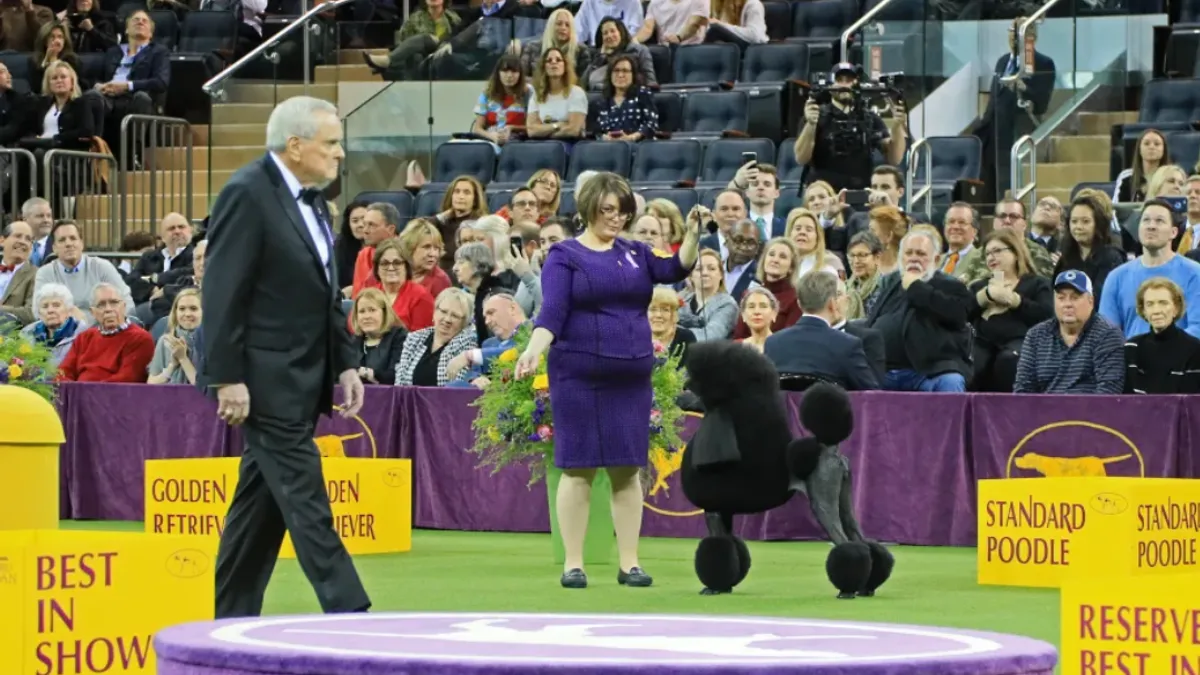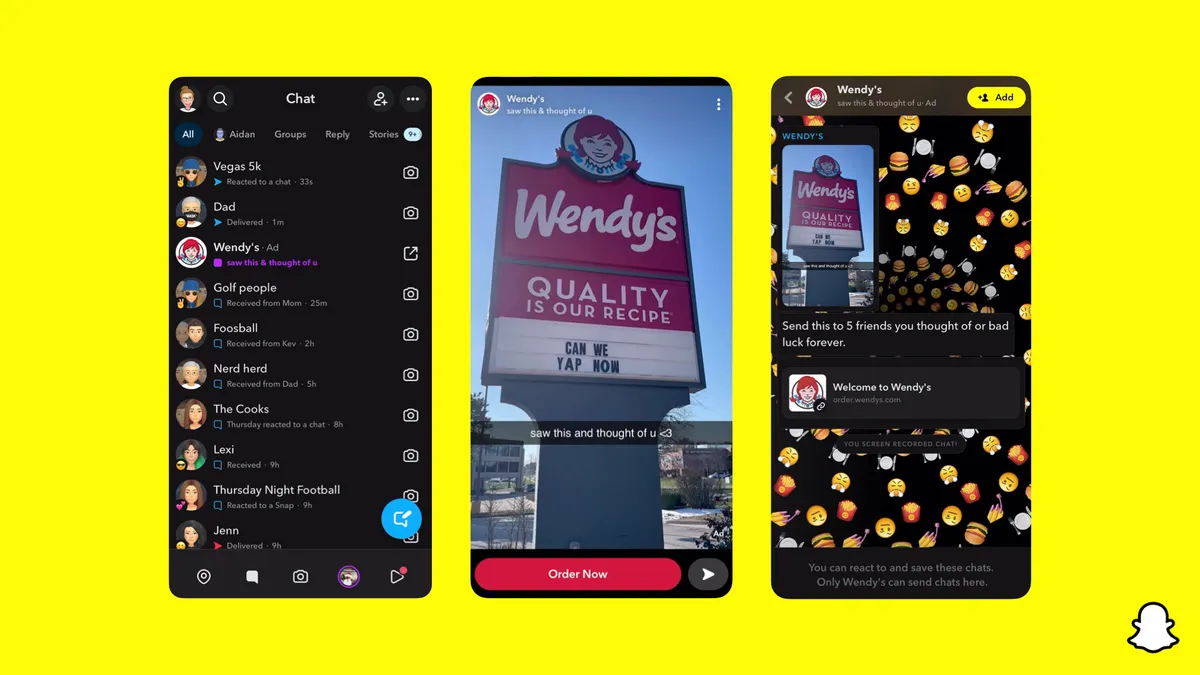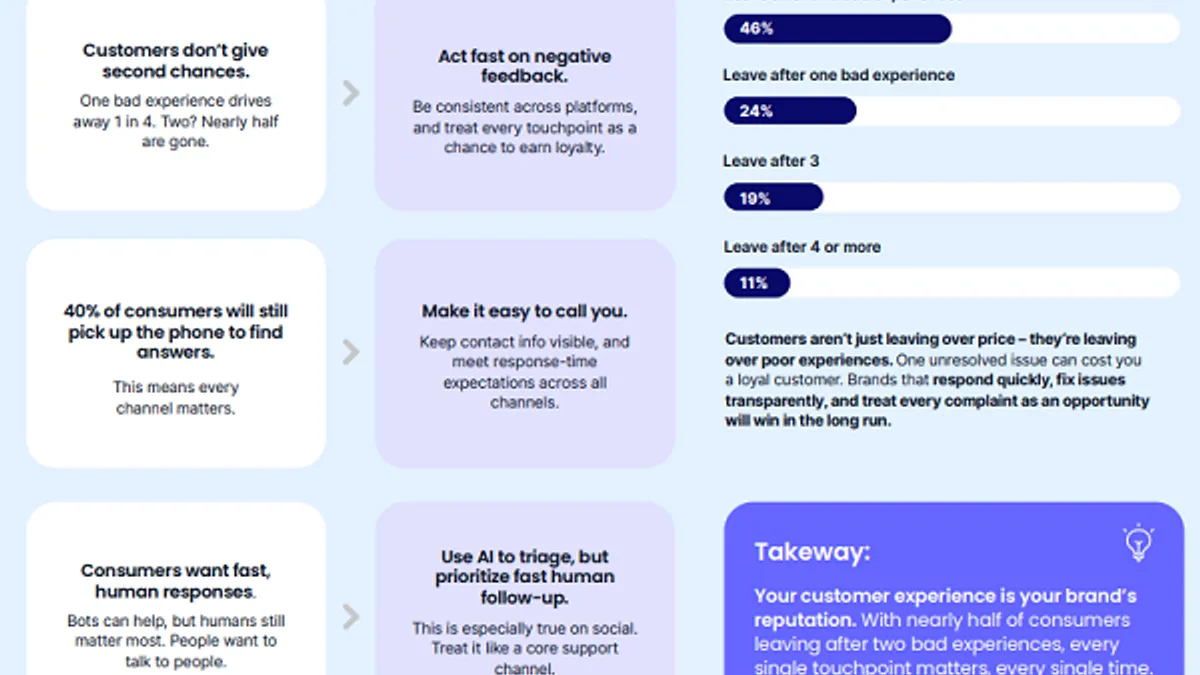The list of brands older than Westminster Kennel Club — founded in 1877 — on TikTok is likely a short one. That has presented a unique challenge for a brand looking to leverage a platform known for user-generated content and few rules.
For the past eight years, the Westminster Kennel Club has worked with New York agency Glow on its social media efforts. Its strategy has grown from tweeting results of its annual dog show to creating GIFs and content for Facebook, Instagram and Snapchat over a week of programming.
"Every year, we're looking into how we can expand the social presence while keeping the mission of the Westminster Kennel Club in mind, which is celebrating companionship of dogs," Sarah Pine, Glow's director of account services, told Mobile Marketer. "A big part of that is, 'how do we reach new and younger audiences,' both bringing to them information about responsible pet ownership, but also awareness to the brand and show."
In 2020, even 143-year-old brands that want to reach new and younger audiences are heading to TikTok, the viral video-sharing platform that was downloaded 738 million times in 2019 and has disrupted mobile marketing as brands including Chipotle, Walmart and Uniqlo have launched campaigns on the platform.
"Being that TikTok's primary audience is Gen Z, it made sense for us to be on there to reach those audiences and speak to them in a real and authentic way," Pine said.
Challenges of a legacy brand
Westminster launched its TikTok account in advance of this year's event and saw encouraging results. The brand's first video on the platform was viewed more than 20,000 times in its first 24 hours, what Glow considers a good early metric for an initial post on an account that previously didn't exist and was only promoted via the brand's other social channels.
For Westminster, Glow's goal is to insert dog content into whatever is trending on TikTok and to join conversations that are happening on the platform. Glow is on TikTok "24/7" to see what people are talking about, what type of content they're posting, which challenges and hashtags have gone viral, and what songs are popular with users.
"We're not trying to reinvent the wheel," Pine explains. "We're making content that fits into that space."
As a content strategy, featuring dogs on the canine-friendly internet seems like a no-brainer. But just because dog content proliferates across social media doesn't mean it's always a good fit for Westminster.
"They have a clear mission in mind: really celebrating companionship," Pine said. "As much as the internet loves cute dog content or dogs doing hilarious things, that's not really Westminster's brand."
"We have to keep in mind their brand values ... and see if it's appropriate for us to join in, but still make it entertaining so people want to engage with and follow our content," she said.
How TikTok is different
The way that TikTok's algorithm works requires brands to change how they think about delivering content. TikTok content is highly targeted to serve users exactly what they're looking for, not via a "discover" page or search function, but right on the app's "for you" homepage. But the algorithm also removes control that brands have over their narratives.
"As a brand, we have to be mindful that our content is probably going to get curated into whatever conversations people are looking at, versus them coming to our account to learn more," Pine said. "It's a lot less about going to a brand feed versus making sure your content is paired with other content out there."
"It's both positive and negative: You have to be very mindful how you get in front of these audiences … if consumer content is inappropriate, we'll probably want to steer clear; we might not want to be associated with those elements," she added.
Many TikTok campaigns have been built around branded hashtag challenges that allow brands to get in front of more users — albeit for a price. Hashtag challenges pop up right away and give content creators increased incentives to participate, as their content is then more likely to appear in other people's feeds.
Westminster, however, has a very small paid social budget that it used on other platforms, primarily to drive ticket purchasing and show viewership. Instead of a branded hashtag challenge with paid support, it opted for an organic approach that leveraged content partnerships with popular TikTokers to boost awareness.
"We constantly partner with influencers, building our awareness on these other platforms and to create authentic, true content that we wouldn't have had access to otherwise," Pine said.
Glow tapped four TikTok influencers that are prominent in the pet space — Jaden Kingsley, Jared Peters, Lori Sirois and Piper Gianforte — that have a combined following of more than 1.6 million users.
Jaden Kingsley on TikTok
Jaden Kingsley(@jadenthekingsley) has created a short video on TikTok with music No Pressure. The dogs at @wkcdogs make Loki look bad #jobtips #dog #funny #cute
"They're posting tons and tons of pet content, so they know how to capture that type of content and have learned what works, and audiences really expect that from them, so it feels authentic to them as well," Pine said.
The approach appears to be working. The account already has more than 5,000 followers, with no paid support. Westminster's videos were featured in the #TopDog trending hashtag, and a video from the show by Kingsley received nearly 2 million views.
"Implementing TikTok into our communications strategy this year is creating a whole new layer of fan involvement," Gail Miller Bisher, Westminster's director of communications, said in emailed comments.
"By tapping into the trends that Gen Z is pulling the levers on, we're finding unexpected ways to fold the Westminster Dog Show into culture and reaching an entirely new audience in the process."























